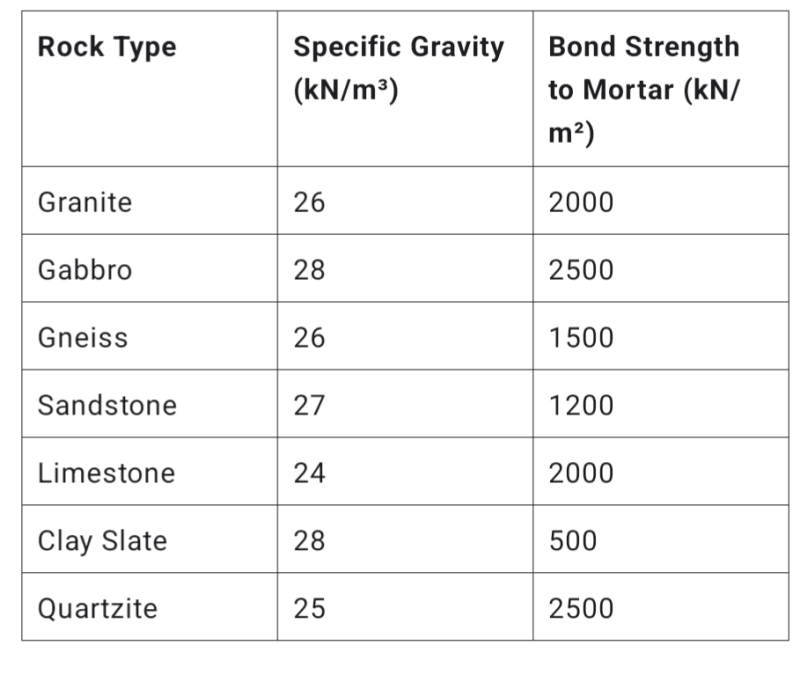Mistieats
Structural
- Feb 2, 2024
- 6
I am trying to find a good way to anchor into stone/marble. Has anyone had any experience with the type of anchor used? I have used Keil undercut anchor before for bigger projects, but I wonder if Hilti epoxy anchor can do the job for smaller projects even if they don't have test data for anchoring into stone...
Thanks!
JC
Structural EIT
Thanks!
JC
Structural EIT

